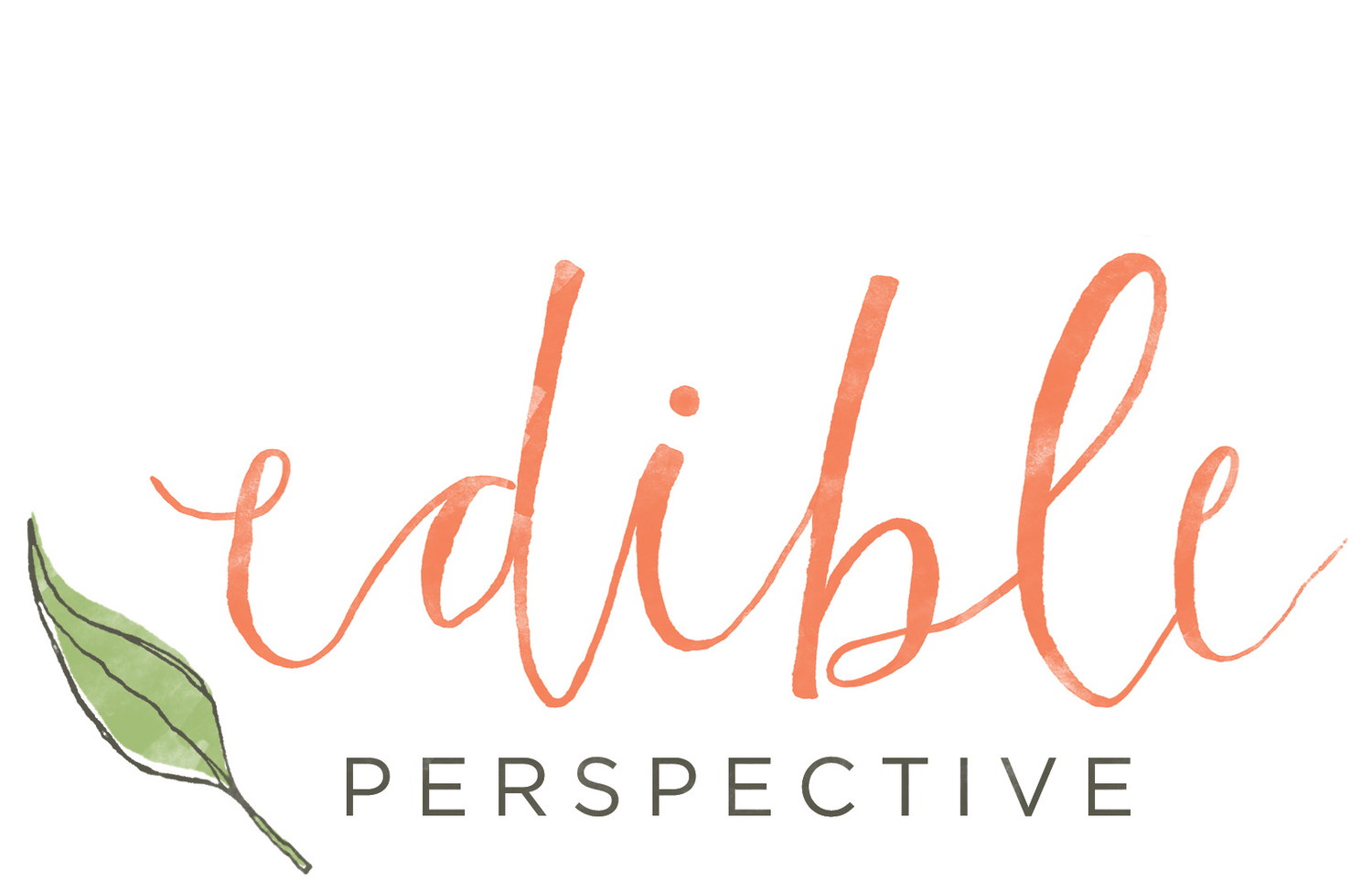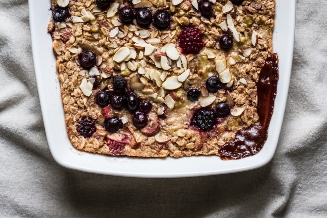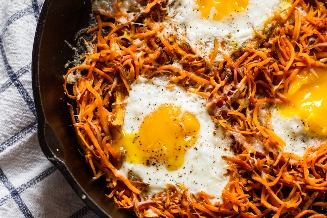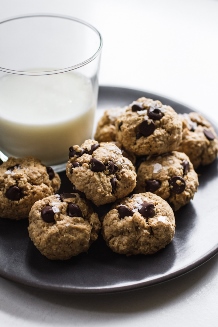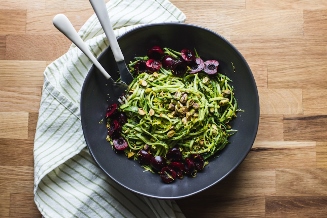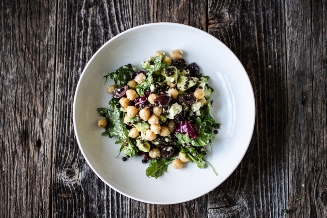Vibram 5 Fingers follow-up
/What the heck are Vibram 5 Fingers [VFF’s]? If you’re asking that you probably missed my first post titled “Gloves for Your Feet.”
Okay okay, sorry it took me so long. Here are some of the questions you asked and other things that are worth mentioning. There are a few articles really worth your time, that I will site throughout the post as well. I don’t want to just copy/paste/source a ton of info, so I’ll tell you what I know, site a few things, and try to lead you in the right direction. Let me know your thoughts!
It may sound like I’m saying these shoes will solve world hunger, but that is not the case. I’m actually trying to hype up the barefoot running style and all of its benefits, but with VFF’s as an aid to protect your feet from the environment.
p.s. I’m not a doctor, so consult one if you have serious questions!!
#1 Do your toes get claustrophobic? [my favorite question]
- This is a very funny question because I do sometimes have claustrophia problems, and specifically with my feet! I won’t go into too much detail but if my feet feel too restrained in something [ie: snowboard boots, wakeboard, tight shoes] and I can’t get them off fast I kind of freak out. [Yes, weird..I know] Sometimes I just NEED my shoes off NOW [like in an airplane..but don’t worry my feet don’t stank]. Okay, so with the VFF’s I was really worried thinking my toes would feel crammed and like I had wedgies in my toes! However, this was not the case! They actually felt LESS claustrophobic to me than regular running shoes. I could feel my feet more. There was a heightened sensitivity because of the closer contact with the ground and my toes could move around more. There was no wedgie feeling at all. ;)
#2 What if I have week ankles or over-pronate?? How do you get arch support?
- All of these questions are best answered as a group. Basically from my research + experience with VFF’s this is what I have gathered:
- The support + cushioning provided in running shoes today actually weaken our feet, ankles, and arches and put a lot of stress on our knees and back. Our feet don’t work like they were meant to because of all the padding we give them. Our feet muscles are not able to strengthen properly because of this, so the cycle just hits repeat. As in, we buy shoes specifically to take pressure off the problem spots with our feet, therefore just masking the issue and not helping it. Every time you purchase the shoes to help with your over-pronating feet [or whatever the aggravation may be], it is thought that you are just feeding the problem. When the cushion wears away your feet hurt because the muscles are just as weak or weaker and then you have to buy the same pair of $120 shoes to try to deal with the problem again.
- ALL I keep reading is that, you are a good candidate for the barefoot running style IF you have chronic injuries and/or are a heavy striker [in any landing position].
#3 If stores around me don’t carry them, how do I know which size to get?
- Here are the best online instructions that I have found: Sizing VFF’s
- And then do yourself a favor and check out this blog “Birthday Shoes” written by the same person that put together the sizing information. Yesterday he posted an interview with Christopher McDougall, the author of Born To Run!! You will find extremely useful information about the VFF’s, photos, a beginners guide, etc, along with a place to ask questions. You can also follow this site at @bdayshoes on Twitter.
My favorite part from the Q+A with C.M.
JO: You've often mentioned that it took a broken toe for you to finally try barefoot running (and now that is your preferred way to run). Do you think you would have eventually tried barefoot running out but for the broken toe? Why do you think it's so hard for people to take off their protective shoes (or FiveFingers) and try out barefoot running?
CM: It’s great that people are skeptical. If they jumped right in, they’d be guilty of the same behavior that the shoe companies are counting on: desperately grabbing at any solution without subjecting it to research and logic. Running in bare feet seems nuts, so it’s the sign of a healthy brain for people to resist. Maybe not as long as I did — I dithered for four years. But if I’d been an early adopter, I would have skipped a lot of painful lessons that were worth learning, so once again chaos somehow turned into coherence without any help from me.
#4 What if I have bad knees?
- I’m no doctor, but from my experience and with what I’ve read, knee pain is the first thing to fly out the window with the barefoot style. My brother-in-law had the same experience and that is the most common thing I read online. Running on the balls of your feet takes the stress off your knees + back.
#5 Since there is more exposed material than rubber sole, how do you deal with cold + rain?
- VFF’s are not fun to run if it is raining hard, but is any shoe really? Your feet get wet! I haven’t run far in the rain so I’m not sure if there is extra rubbing or anything like that. Yes, they will make your feet colder, but I have run in temps in the 30’s and not been bothered by it. I try to avoid running when snow is on the ground though.
#6 Is there more specific information on how to break these in?
- Yes, there is a beginner’s guide that you can download from Birthday Shoes. If you don’t want to do a lot of reading [but you probably should, hehe] just take it s.l.o.w. If your feet hurt, stop. Ease into them starting with a 1/2 mile and slowly increasing over the course of a few weeks or even months. A pain in the butt, however totally worth it.
#7 Is it going to be hard to change my running style?
- While I was training for my 1/2 marathon last year, I caught wind of “toe running” and tried to start running on my toes in regular running shoes. It was really hard!! I had to focus a lot on it and ended up being waaaay easier to stay on my heels. I didn’t want to mess up my training by adding something new, so after my race I vowed to look into the ideas of “toe running” more. And that is where my barefoot running interest started. Okay, so answer the question Ashley! Well, once I bought the VFF’s it just came naturally. Your running style will change the moment you take your first few steps because you will feel discomfort otherwise. Heel striking in VFF’s hurt, like it should. At some points while running I would think “am I still running on my toes?” and then I would purposefully heel strike and OMG ouch!! I realzied, YES, I was on my toes the whole time!! I naturally was running more upright as well and therefore am breathing easier.
A few more thoughts…for YOU!
- Have you ever run barefoot outside? Humor me and just run 100yds on your sidewalk or street [who cares what your neighbors will think ;)]. If you are a heel striker it is going to HURT. That is because it is completely unnatural to land on your heels [in my researched opinion, hehe]. Doing a few barefoot test runs will naturally make your body run how it was intended…. Lightly + on the balls of your feet! Watch and be amazed!!
- I can tell a difference in the strength of my feet. The muscles are actually getting worked, instead of being sheltered in my pillow-puff nikes. [no offense if you love your nikes and never want to change…gotta do what works for you!! :)]
- LOVE this!!! “Barefoot runners are often asked, “but what do you use for arch support?” to which they respond: “your arches.” I’ve found that my arches, and foot as a whole, feels better with less support rather than more.” [source]
Okay, I’m done :)
Well almost…just a few links!!!
Birthday Shoes – LOADS of information on barefoot running + VFF’s
An awesome [like…really really good!] article on VFF’s, by Tim Ferris from The Blog of Tim Ferris Experiments in Lifestyle Design [at least give it a skim!]
A brief + informative article called The Barefoot Route, by Zoie Clift
………
So…what are your thoughts this time!? :)
~Ashley
Stay tuned for my typical daily post in the AM!
